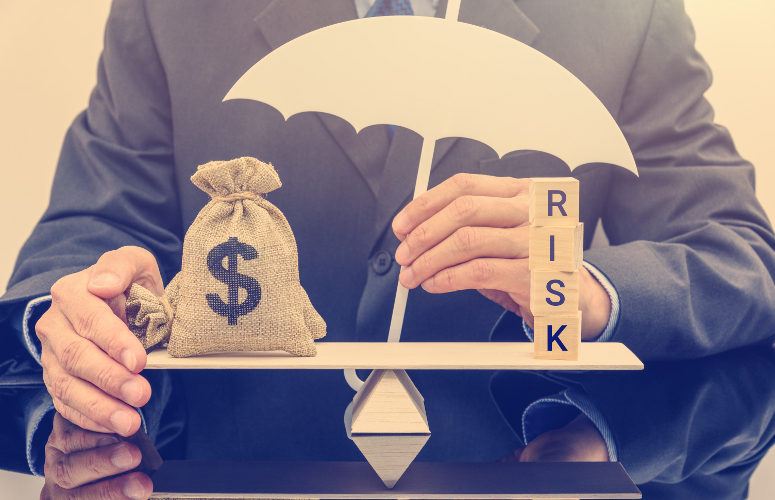
Survey Delves into What Institutional Investors Fear Today
On Nov 10, 2022Institutional investors still reeling from the impact of the COVID-19 pandemic know the risks of unlikely, but devastating “black swan” events. However, many are ill-prepared for the ones they fear the most, according to a new survey from PGIM, the $1.2 trillion global investment management business of Prudential Financial, Inc.
The survey of 400 senior investment decision-makers at institutional investors in Australia, China, Germany, Japan, the U.K. and the U.S. with combined assets under management of more than $12 trillion, found that while tail risks varied by region, the predominant concerns center around the relationship between the U.S. and China, market function in times of stress, and the dependence on technology within financial markets. While over half of large institutions ($50 billion and above) actively monitor tail risks, overall for institutions of any size, less than 4 in 10 do so (38%). A tiny proportion (3%) of institutions have a dedicated tail-risk manager, and less than a third (32%) prepare specific risk response plans.
“Too often, investors are surprised by things that in retrospect were staring them in the face,” said Shehriyar Antia, head of Thematic Research for PGIM. “The pandemic, the global financial crisis, the dot-com bubble — these events were all foreseeable to different degrees. Financial institutions must either gameplan for the unexpected, or expect to be blindsided.”
Three Scenarios That Keep Investors Up at Night
Presented with geopolitical, economic, social and environmental scenarios ranging from a eurozone country debt default to a nuclear attack, respondents named their top three tail risks:
- An unexpected liquidity crunch in key capital markets (U.S. Treasuries, commodities, etc.) that results in a market crash. The tail-risk scenario seen as having the greatest market impact and one for which investors are least prepared is a major liquidity event in financial markets. A liquidity event in a “safe haven” like U.S. Treasuries would have cascading effects that neither capital providers nor investors would necessarily be prepared for.
- Military conflict in the Taiwan Strait or South China Sea. A military conflict in the Taiwan Strait or South China Sea would have stark ramifications for global financial markets, so it’s no surprise institutional investors cited such a conflict as their second-highest tail risk, and one they feel least prepared for. According to the Semiconductor Industry Association, if Taiwan semiconductor production were to shut down for a year, the cost to annual revenue for device makers worldwide would be $490 billion.
- A cyberattack disables a major financial platform or government agency for a significant period of time. Only 30% of respondents said they are prepared for such a major cyberattack — despite this being seen as one of the most likely tail risks to occur over the next three years.
Investors Can Do More to Prepare for the Worst
By definition, tail risks are rare and unexpected, which makes them exceedingly difficult to prepare for. But there are ways investors can hedge their bets.
- Investors acknowledge a variety of gaps and shortcomings in their investment risk monitoring, chief of which are failure to detect risks early (36%) or react to them speedily (41%).
- More than a third also say they are unable to predict black swans (36%) and, worryingly, nearly 3 in 10 identify risk management complacency as a key challenge.
- Institutional investors deploy three main approaches to monitor investment risk: holistic monitoring across asset classes (44%), regular risk scenario analysis (41%) and regular evaluation of the effectiveness of risk management processes (41%).
“The best insurance against such rare and complex events is taking a long-term view and diversifying portfolios,” advised Antia. “Active managers can build portfolio strategies that will protect investors in a variety of scenarios.”
Monitoring leverage, collateral arrangements, and liquidity positions through these shocks can help investors avoid becoming a forced seller while the event is unfolding. When considering risks that are subject to extreme outcomes (and potentially not diversifiable), investors should also consider stress testing as opposed to looking at traditional statistical measures that make assumptions which may not be realistic for some exposures.
For more information and country-specific data, read the full report: 2022 Global Risk Report: Tail Risks.
To access more business news, visit NJB News Now.
Related Articles:





